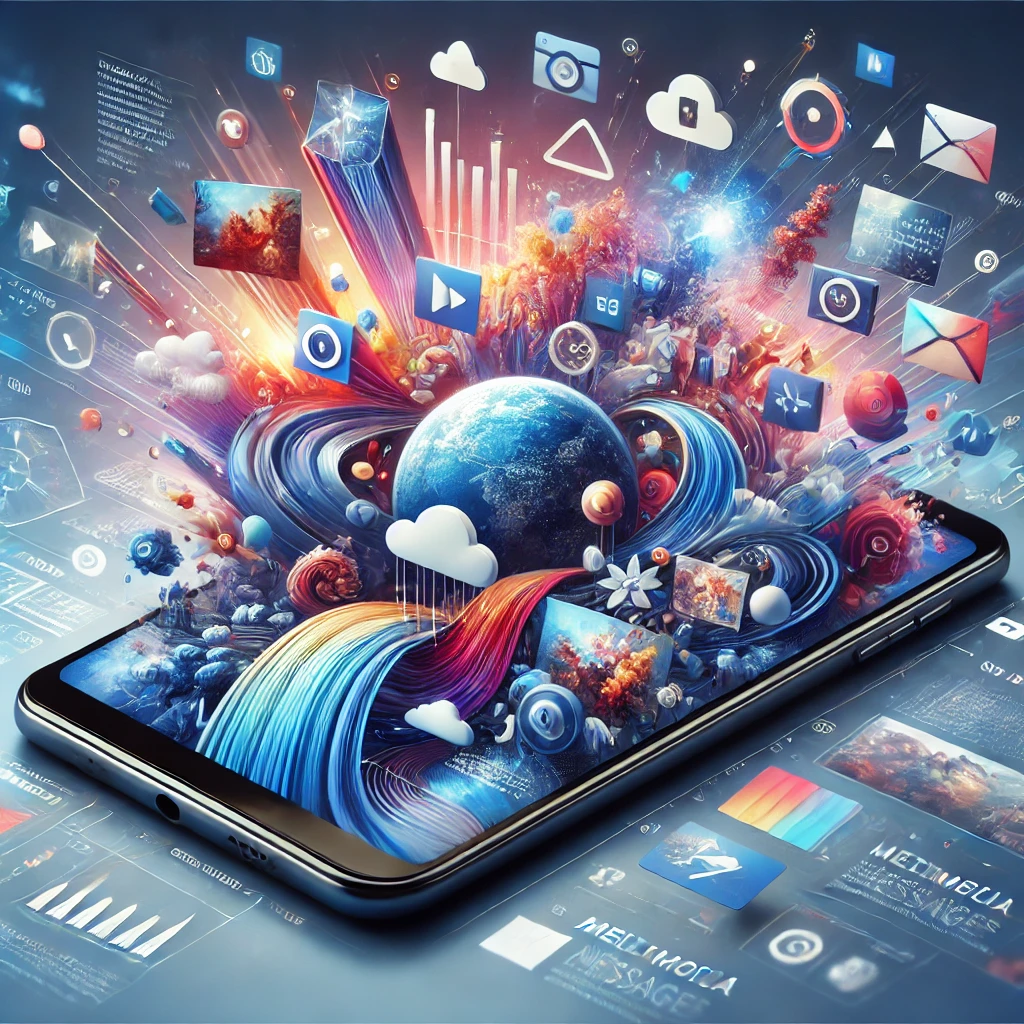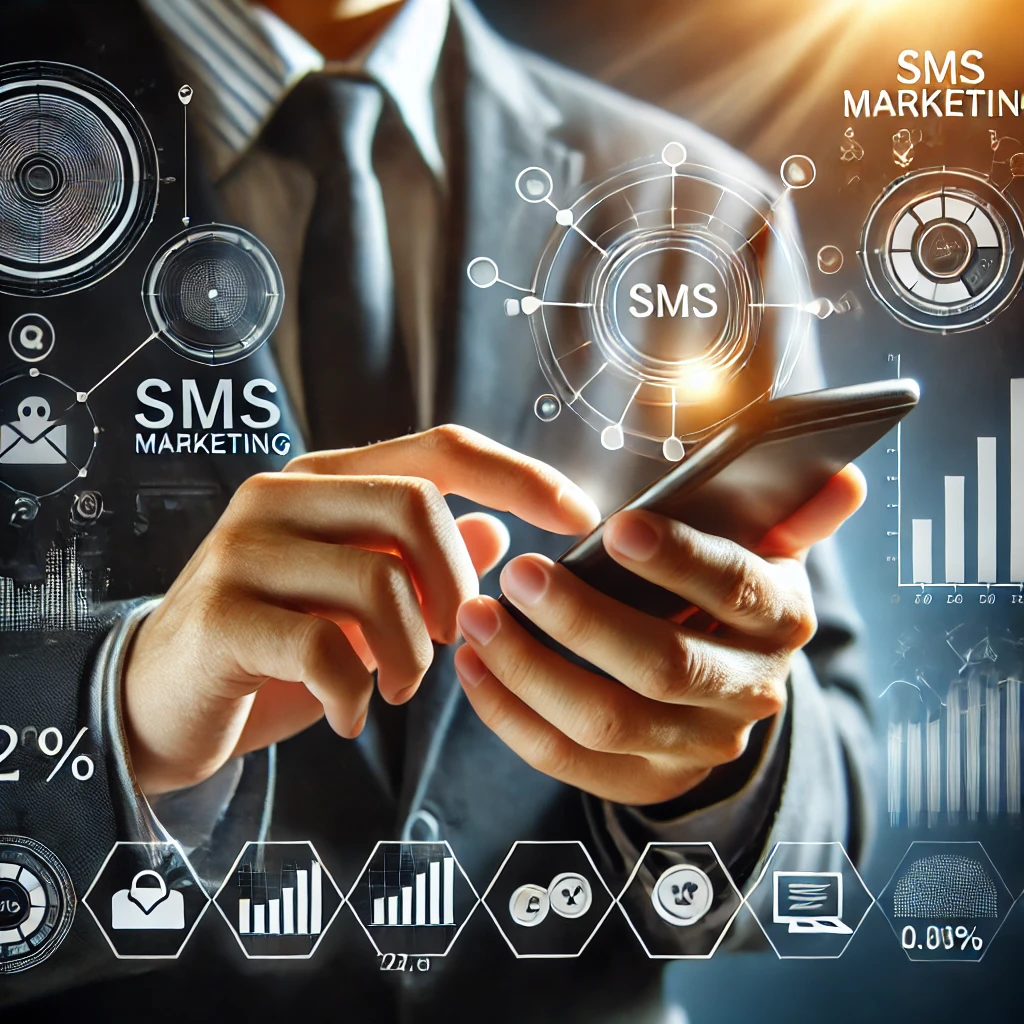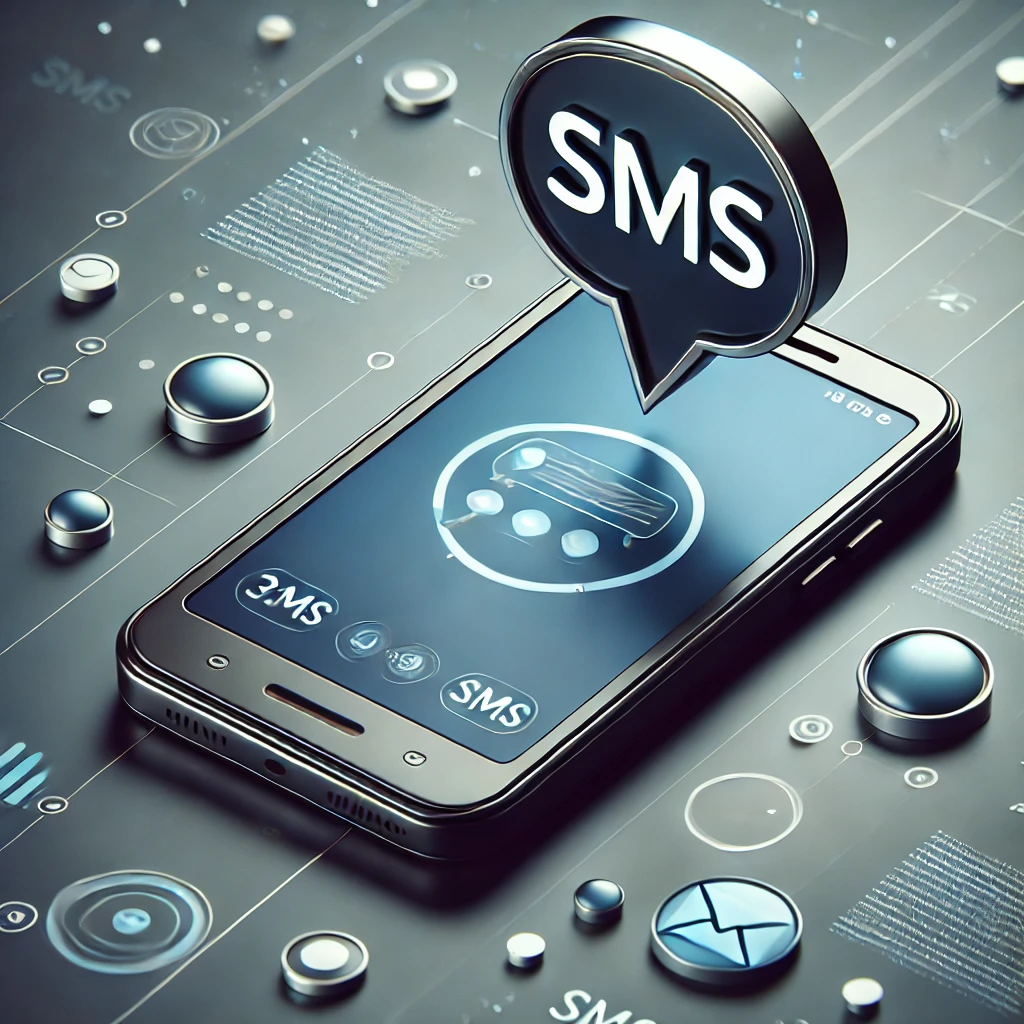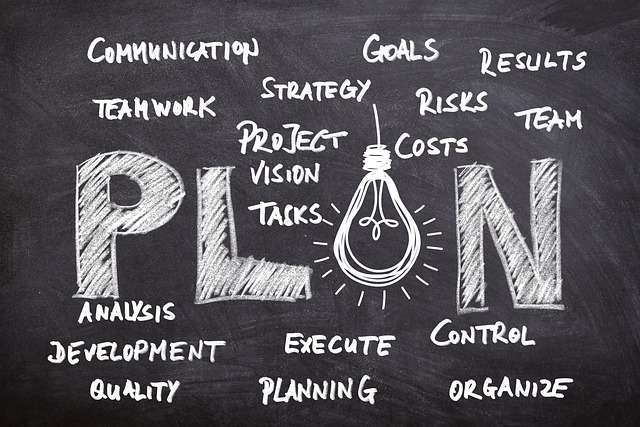Understanding SMS, MMS, and Text Messages: A Comprehensive Guide
SMS, which stands for Short Message Service, is a text messaging service that allows mobile phone users to send short messages (also known as SMS messages) to other phone numbers. These messages are limited to 160 characters per message and are widely used for quick communication between individuals or businesses. SMS messages are known for their convenience and immediacy, making them a popular choice for sending brief updates, reminders, or notifications. They can also be used for marketing purposes, such as sending promotional offers or alerts to customers.
Additionally, SMS messages are often used for two-factor authentication, providing an extra layer of security for online accounts. Overall, SMS continues to be a vital communication tool in the digital age.
What is SMS and How Does it Work?
Sending an SMS is a straightforward process where users compose a text message on their mobile device and send it to a recipient's phone number. The recipient can then receive the message on their mobile phone. SMS messages are sent through a Short Message Service Center that handles the delivery of messages between devices.
SMS messages are limited to 160 characters in length, but users can send longer messages by splitting them into multiple parts. Once the message is received by the recipient's device, it can be read immediately, making SMS a quick and convenient way to communicate.
Additionally, users can also send multimedia messages (MMS) which allows them to include photos, videos, and other media in their messages. Overall, SMS messaging remains a popular and widely used form of communication due to its simplicity and reliability.
Benefits of Using SMS
SMS offers many advantages, such as instant communication, widespread availability, and compatibility across all mobile devices. Businesses often use SMS for marketing purposes due to its direct reach to customers and high open rates compared to other communication channels.
SMS marketing allows businesses to reach customers in a more personal and direct way, as messages are delivered straight to their mobile devices. This can help increase brand awareness, drive sales, and foster customer loyalty.
Additionally, SMS campaigns are cost-effective and easy to track, allowing businesses to measure the success of their marketing efforts in real-time. Overall, SMS marketing is a valuable tool for businesses looking to engage with their customer base and drive results.
What is MMS and How Does it Differ from SMS?
Multimedia Messaging Service, or media-rich messaging, allows users to send multimedia messages that can include pictures, videos, audio, or longer text messages beyond the 160-character limit of SMS. Media-rich messages provide a more engaging communication experience compared to SMS.
Multimedia messages are typically sent over cellular networks, similar to SMS messages, but require a data connection to transmit the multimedia content. This means that some older or basic cell phones may not support media-rich messaging, or users may incur additional charges for data usage when sending or receiving multimedia messages.
"Technology is best when it brings people together."
Differences Between SMS and MMS
The primary difference between SMS and multimedia messaging is the type of content that can be sent. While SMS is limited to text messages within 160 characters, multimedia messaging service allows for the transmission of multimedia files. Media messages also require an active data connection to send and receive.
Examples of multimedia files that can be sent using picture messaging include pictures, videos, audio clips, and contact cards. This feature allows for a more interactive and engaging form of communication compared to traditional text messaging. However, it is important to note that media messages may incur additional charges depending on your mobile carrier's data plan.
Additionally, some older or basic mobile phones may not support multimedia messaging capabilities. Overall, rich media texts provide a convenient way to share rich media content with your contacts, making communication more dynamic and visually appealing.
When to Use MMS Over SMS
Multimedia Messaging Service is ideal for situations where visual content or longer messages are necessary to convey the message effectively. Businesses use media-rich messaging for marketing campaigns that require rich media elements to capture the audience's attention.
For example, a clothing brand may use picture messaging to send out photos of their latest collection, or a restaurant may send out videos showcasing their new menu items. By incorporating images, videos, or even audio clips in their messages, businesses can create more engaging and informative content that is more likely to resonate with their target audience.


How to Send Text Messages Efficiently?
To send text messages efficiently, it's essential to craft concise and engaging messages within the 160-character limit. Utilizing text messaging strategies can help businesses reach their target audience effectively and drive engagement through personalized messages.
Some tips to consider for optimizing text message campaigns include segmenting your audience, using clear calls to action, and tracking results to measure success. By implementing these tactics, businesses can connect with customers in a direct and impactful way, ultimately driving higher conversion rates and building strong customer relationships.
Additionally, staying compliant with regulations and respecting customers' privacy is crucial for maintaining a positive reputation and trust with your audience. By following these best practices, businesses can leverage the power of text message marketing to enhance their overall marketing efforts and achieve tangible results.
Utilizing SMS Marketing Effectively
Text message marketing involves promoting products or services through text messages to a targeted audience. By integrating text message campaigns with customer data and analytics, businesses can tailor their messages for higher conversion rates. This personalized approach allows businesses to send relevant and timely information to their customers, resulting in increased engagement and ultimately, more sales.
Text message marketing is a cost-effective and efficient way to reach a large number of customers instantly, making it an invaluable tool for businesses looking to drive growth and build customer loyalty. With the ability to track and measure the success of text message campaigns, businesses can also make data-driven decisions to optimize their marketing efforts and achieve even greater results. Overall, SMS promotions offer businesses a powerful platform to connect with their customers in a direct and meaningful way.
Integrating SMS API for Business Communication
Businesses can streamline their communication processes by integrating an SMS API (Application Programming Interface) for sending automated messages, notifications, or alerts to customers. This integration enables seamless communication and significantly enhances customer engagement.
With an SMS API, businesses can send personalized messages to target specific customer segments, provide important updates, confirm appointments, and even send payment reminders. This reduces the workload for customer service representatives while increasing customer satisfaction and loyalty.
Additionally, it allows businesses to track the delivery status of messages, analyze customer responses, and optimize communication strategies for better results. By leveraging this technology, businesses can effectively connect with their customers in a timely and efficient manner, leading to improved brand reputation and increased revenue.
Utilizing SMS and MMS for Mobile Communication
SMS offers the convenience of quick and direct communication on a mobile device, making it an efficient way to stay connected with others in real-time. Users can send SMS messages without the need for an active internet connection. This is particularly useful in situations where internet access may be limited or unavailable, such as during travel or in areas with poor connectivity.
SMS also allows for quick and easy communication in emergencies or urgent situations, as messages are delivered instantly to the recipient's device. Additionally, SMS is a cost-effective communication method, as most mobile service providers offer unlimited texting plans or include a set number of messages in their standard plans. Overall, SMS is a versatile and reliable tool for staying in touch with friends, family, and colleagues, no matter where you are.
Enhancing Communication with Multimedia Messages
Multimedia messaging enhances mobile communication by allowing users to share content such as photos, videos, and audio clips. These multimedia messages provide a more interactive and personalized communication experience.
In addition to offering a richer messaging experience, multimedia messaging also allows for better expression of emotions and ideas. Users can convey their thoughts and feelings more effectively through the use of visuals and sound, making conversations more engaging and meaningful. Furthermore, multimedia messaging has also revolutionized the way businesses and organizations communicate with their customers. Companies can now easily send promotional messages, product updates, and even multimedia advertisements to their target audience, resulting in more effective marketing campaigns and increased customer engagement.
Overall, multimedia messaging has changed the way we communicate on mobile devices, allowing for more dynamic and expressive interactions between users and enabling businesses to connect with customers in a more engaging and effective way. This powerful technology continues to shape the future of mobile communication by pushing the boundaries of what is possible in the world of multimedia messaging.
Understanding the Role of SMS in Messaging Apps
Applications like WhatsApp and Facebook Messenger utilize SMS integration to send verification codes or notifications. SMS plays a crucial role in authenticating user identities and facilitating seamless communication within these platforms.
In addition to verification codes, SMS integration also allows for quick and easy notifications such as updates on new messages, friend requests, and other important alerts. This seamless integration of SMS into these applications helps to ensure that users can access their accounts securely and stay connected with their contacts in real time. Furthermore, SMS plays a vital role in reaching users who may not have access to internet or data services, ensuring that messages can still be delivered even in the absence of a stable internet connection. This widespread reach and reliability of SMS make it an indispensable tool for applications looking to provide a seamless and efficient user experience.
Overall, SMS integration in applications like WhatsApp and Facebook Messenger enhances security, improves user engagement, and ensures that communication remains uninterrupted across various devices and platforms. By leveraging SMS technology, these apps are able to deliver a truly seamless and user-friendly messaging experience to their millions of users worldwide.
What are the Key Differences Between SMS and Texting Apps?
While SMS is a traditional text communication tool, modern messaging applications offer additional features such as multimedia sharing, voice and video calls, and group chats. These apps provide a more comprehensive communication experience compared to standard SMS services.
Users can send photos, videos, GIFs, and other multimedia files through messaging applications, making conversations more engaging and dynamic. Voice and video calls allow users to communicate in real-time, similar to a phone call, while group chat functionality enables multiple users to participate in a single conversation. Some messaging applications also offer features such as stickers, emojis, and customizations to enhance the user experience. Furthermore, messaging applications are often more convenient and cost-effective than traditional SMS services, especially for international communication. Users can send messages over Wi-Fi or data networks, avoiding SMS charges from their phone carriers.
Additionally, messaging applications generally have faster delivery times and can support larger file sizes than SMS. Overall, modern messaging applications have revolutionized the way we communicate, offering a more versatile and efficient platform for staying connected with friends, family, and colleagues. With an array of features and benefits, it's no wonder that messaging applications have become a preferred method of communication for many people around the world.
Benefits and Limitations of Using a Messaging App Over SMS
Communication platforms or messaging apps provide end-to-end encryption for secure communication, along with a wide range of functionalities not available in SMS. However, these platforms require an internet connection for sending messages, unlike SMS that operates through cellular networks.
Communication platforms are not only limited to sending text messages; they also allow users to make voice and video calls, share photos, videos, documents, and even their location in real-time. These platforms also support group chats, allowing multiple participants to join in a single conversation. Furthermore, users can choose from a variety of stickers, emojis, and GIFs to express themselves creatively. In addition, communication platforms often offer features such as read receipts, message forwarding, and the ability to recall or delete messages after they have been sent. Some platforms also provide the option to set timers for messages to self-destruct after a certain period, ensuring privacy and confidentiality.
Overall, communication platforms have revolutionized the way we communicate, making it more convenient, interactive, and secure than traditional SMS. With the vast array of features and functionalities they offer, it's no wonder that these platforms have become the preferred choice for many users around the world.
Security and Privacy Concerns in SMS vs Messaging Apps
SMS is considered more secure in terms of privacy as messages are transmitted directly between mobile carriers. In contrast, messaging apps may raise concerns about data privacy and security due to the storage of chat histories and personal information on servers.
Furthermore, these platforms often collect user data for targeted advertising and may share this information with third parties. This can lead to potential breaches of privacy and expose users to security risks. On the other hand, SMS messages are not stored on servers and are encrypted during transmission, making them a more secure option for communication.
The choice between SMS and communication platforms ultimately comes down to individual preferences for privacy and security. While SMS offers a more straightforward and secure method of communication, platforms provide a richer, more interactive experience but may pose greater privacy concerns.
Frequently Asked Questions: Understanding SMS, MMS, and Text Messages
1. What is the difference between SMS and MMS?
SMS stands for Short Message Service, and it allows you to send text messages of up to 160 characters using your mobile device. On the other hand, MMS stands for Multimedia Messaging Service, which enables you to send messages that may include multimedia content like images, videos, or audio.
2. How can I send and receive SMS messages?
You can send and receive SMS messages by using your mobile phone and entering the recipient's phone number. Simply compose your message within the SMS app on your device and press send. Messages are sent via the SMS service center to the recipient's mobile device.
3. What is SMS marketing and how can I use SMS for marketing purposes?
SMS marketing involves sending promotional messages or updates to consumers through text messaging. You can use an SMS gateway provider to reach a large audience and engage customers through targeted text messages on their mobile devices.
4. Can I send SMS text messages using a messaging app like Facebook Messenger?
While apps like Facebook Messenger primarily use an internet connection for messaging, some also support SMS integration that allows you to send SMS text messages to contacts who do not have the app installed.
5. How does a short code relate to SMS and texting?
A short code is a shorter phone number used for sending and receiving text messages. Companies often use short codes for marketing campaigns or customer service interactions as they are easier to remember and quicker to type.
6. What is the popularity of SMS and why do people still use SMS messaging?
SMS continues to be popular due to its simplicity, widespread availability, and reliability. It remains a preferred method of communication for many people, especially in regions with limited internet access.
Conclusion
In conclusion, SMS and MMS are essential tools in the modern communication landscape, each offering unique benefits for personal and business use. SMS provides a quick and reliable way to send short, text-based messages, while MMS allows for richer multimedia content. By understanding the differences and applications of these messaging services, individuals and businesses can leverage their full potential to enhance communication, marketing efforts, and overall engagement. As technology continues to evolve, these messaging formats will likely remain integral components of our daily interactions, providing a seamless and efficient means of staying connected.



.jpg)


